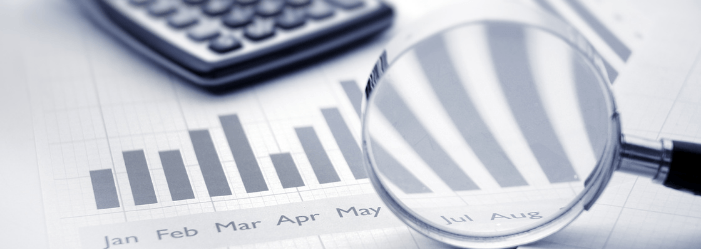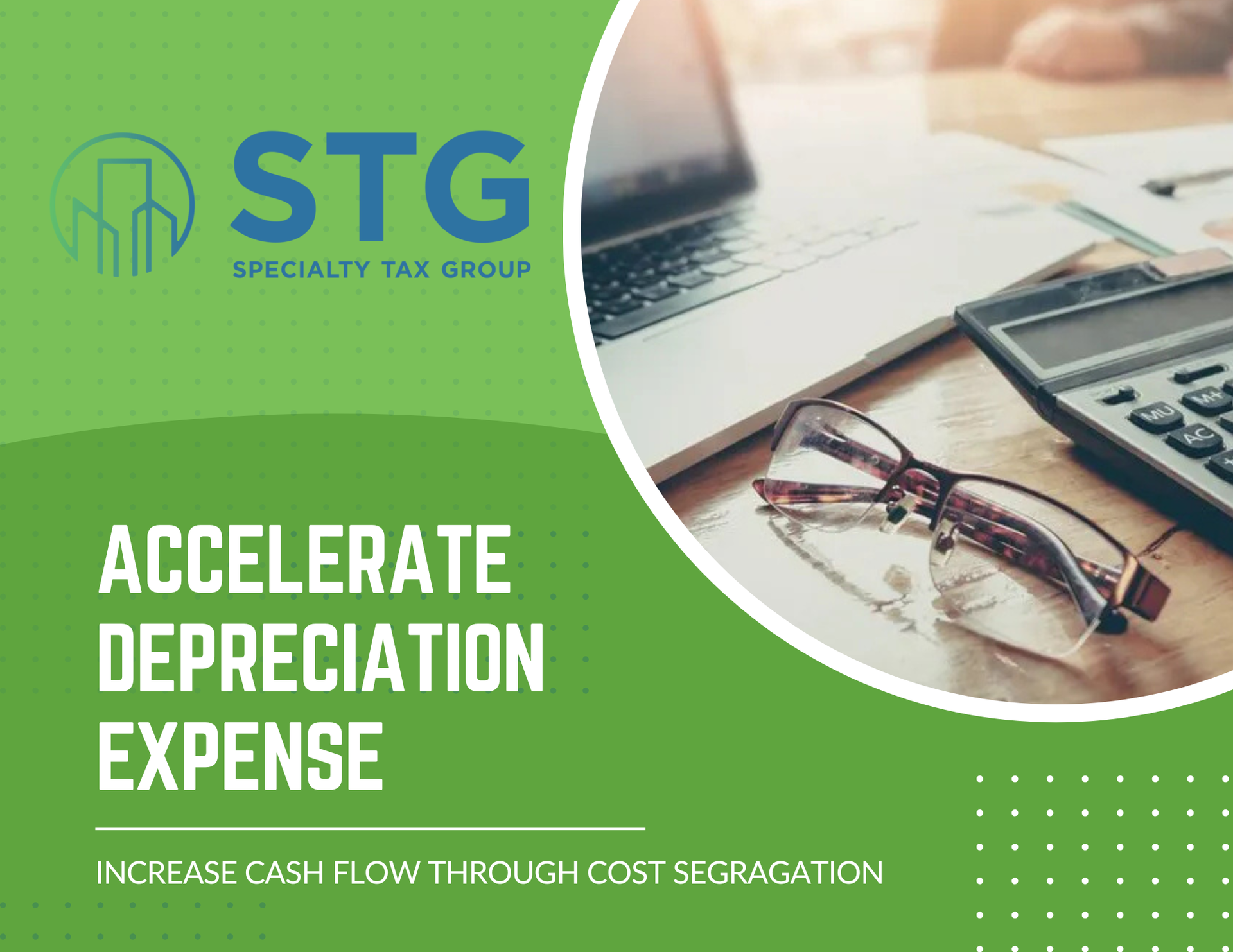This blog post has been researched, edited, and approved by John Hanning and Brian Wages. Join our newsletter below.
Understanding Negotiated (Discretionary) Incentives

Discretionary rewards are those which an overseer can approve or deny. Even if law or local rules or policy may determine the amount of rewards that can be given, the administrators have the duty to base the quantity of the prize on several factors like:
- Job creation
- Job retention
- Average wage
- Capital investment
- Industry
- ROI for the jurisdiction
Incentives must be bargained for and secured with the unit of government prior to undertaking the project. In order to secure the benefits, companies must show the “But-for” requirement which means but for the incentive, the project would not be locating here. The incentive typically involves an application process and then once approved, a contract, agreement, or ordinance. Following the agreement, the company must show compliance for agreed upon commitments in the time frame within the agreement (typically 3, 5, 7, or even 10 years).
According to a 2024 study by the Tax Foundation, states in the United States spent an estimated $80 billion on negotiated tax incentives aimed at attracting and retaining businesses, highlighting the significant role these incentives play in economic development strategies.
Recent examples of negotiated tax incentives include the 2023 agreement between the state of Texas and a leading tech company, where the state offered $250 million in tax credits and infrastructure improvements in exchange for the company's commitment to create 5,000 new jobs and invest $1 billion in a new campus.
In response to the evolving economic landscape, the Internal Revenue Service (IRS) introduced new compliance guidelines in 2024 for businesses seeking to qualify for negotiated tax incentives, emphasizing the importance of transparency and accountability in the application process.
A 2023 report by the National Bureau of Economic Research found that negotiated tax incentives can lead to significant local economic growth, particularly in sectors such as manufacturing and technology, but stressed the need for careful design and monitoring to ensure they deliver the intended benefits.
What are the Different Types of Negotiated Incentives?
- Income tax credits or refunds
- Real & personal property tax incentives
- Sales tax rebates & exemptions on purchasing specific items
- Training grants, educational partnerships, & recruiting assistance
- State owned infrastructure
- Cash grants
- Enhanced use & discount leases
- Leveraged zoning & expedited permitting
- Withholding tax rebates & exemptions
- Utility incentives
STG Insight: Contact Brian Wages at brian.wages@specialtytaxgroup.com if your company or your client’s company is planning a move or expansion as soon as possible. The leverage for the taxpayer in the negotiations is greatest when there are other states/cities/counties as options.
Specialty Tax Group (STG) helps CPA firms and taxpayers by providing innovative tax planning strategies to secure tax credits and deductions with audit-ready deliverables. Learn more at www.specialtytaxgroup.com.
2024 Tax Guide





